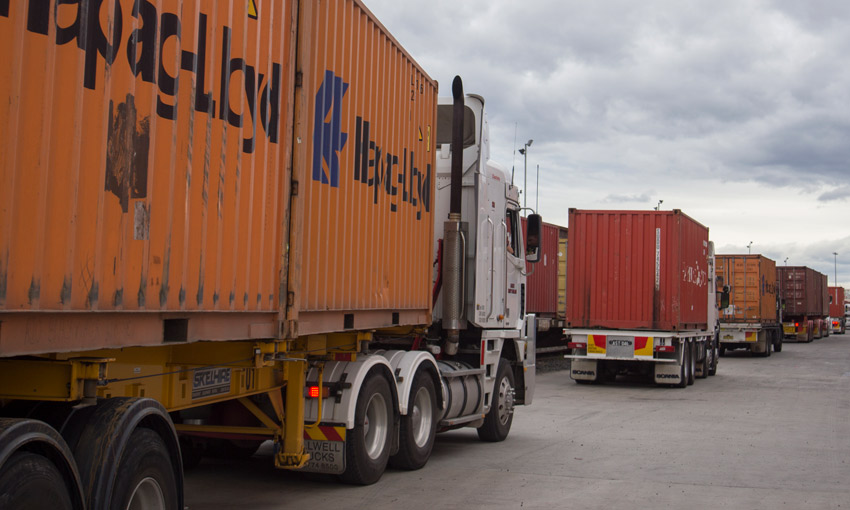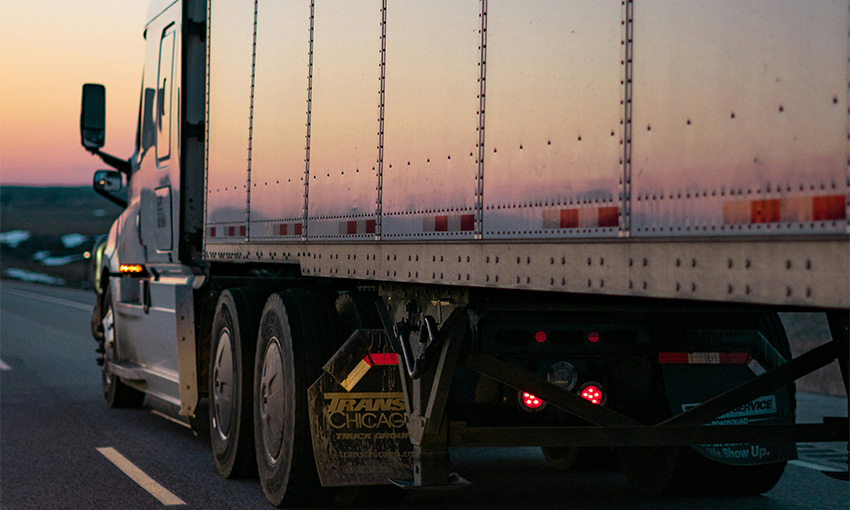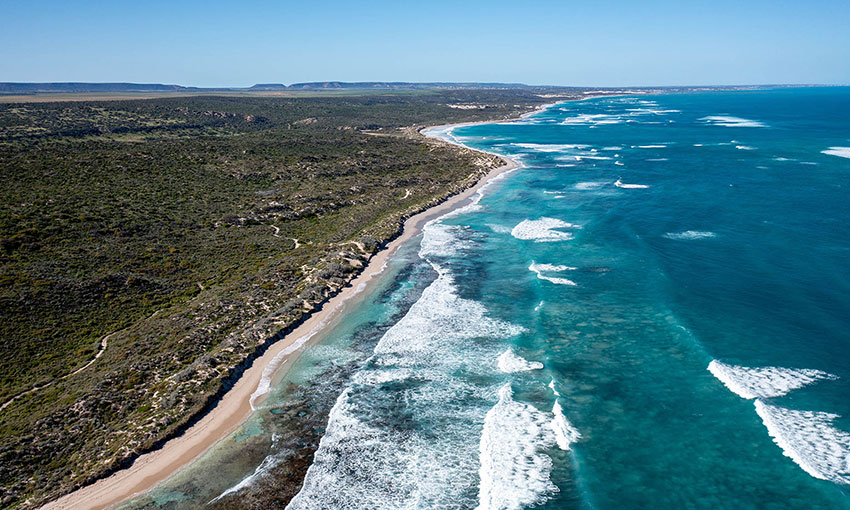RISING diesel prices in Australia are contributing to higher freight transport prices and inflationary pressures, Container Transport Alliance Australia said in a recent statement.
Fuelled by the war in Ukraine and the attendant sanctions on Russian energy exports are the main drivers of the price increases.
The Australian Institute of Petroleum has reported that in one month between 13 February to 13 March, the average terminal gate price (TGP, wholesale pricing) of diesel rose across Australia from 166.4 cents per litre (cpl) to 195.1 cpl – an increase of 28.7 cpl, or 17.3%.
More recently, the TGP saw a fair amount of volatility. On 22 March, the TGP average across Australia for diesel was 190.1 cent per litre, that was down from 208.7 on Wednesday 16 March.
The highest retail diesel prices recorded up to the week ending 13 March on average across Australia was 218.1 cpl.
CTAA said most freight transport operators have for many years levied a fuel surcharge on their customers to account for the fluctuation in fuel prices rather than adjust their freight base rate pricing to remain viable.
“For most container transport operators (in metropolitan transport settings), fuel costs account for between 17% to 22% of their overall operating costs of heavy vehicles. As a rule of thumb, a 5 cpl increase in diesel prices results in a 1% increase in an operator’s fuel levy,” CTAA said.
“Therefore, using the national average diesel price increases highlighted above, fuel surcharges would rise by over 5 percentage points. And, the cost of diesel continues to rise on a weekly basis, leading to some transport operators revisiting their published fuel surcharges on a more frequent basis.
“The fuel surcharge levy set by transport operators is a matter between them and their customers, and the quantum depends on when base freight rates were set with their customers. For instance, if the fuel surcharge rate was 16% prior to the recent shocks in diesel prices, then it is not unrealistic for the fuel surcharge to rise to between 21% to 22%.”





